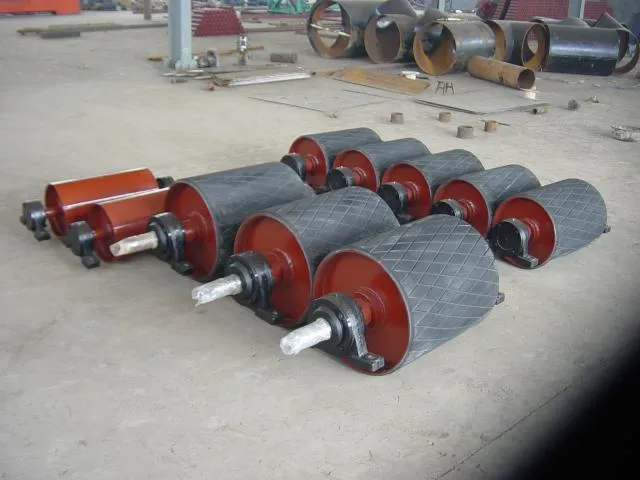 Afrikaans
Afrikaans  Albanian
Albanian  Amharic
Amharic  Arabic
Arabic  Armenian
Armenian  Azerbaijani
Azerbaijani  Basque
Basque  Belarusian
Belarusian  Bengali
Bengali  Bosnian
Bosnian  Bulgarian
Bulgarian  Catalan
Catalan  Cebuano
Cebuano  Corsican
Corsican  Croatian
Croatian  Czech
Czech  Danish
Danish  Dutch
Dutch  English
English  Esperanto
Esperanto  Estonian
Estonian  Finnish
Finnish  French
French  Frisian
Frisian  Galician
Galician  Georgian
Georgian  German
German  Greek
Greek  Gujarati
Gujarati  Haitian Creole
Haitian Creole  hausa
hausa  hawaiian
hawaiian  Hebrew
Hebrew  Hindi
Hindi  Miao
Miao  Hungarian
Hungarian  Icelandic
Icelandic  igbo
igbo  Indonesian
Indonesian  irish
irish  Italian
Italian  Japanese
Japanese  Javanese
Javanese  Kannada
Kannada  kazakh
kazakh  Khmer
Khmer  Rwandese
Rwandese  Korean
Korean  Kurdish
Kurdish  Kyrgyz
Kyrgyz  Lao
Lao  Latin
Latin  Latvian
Latvian  Lithuanian
Lithuanian  Luxembourgish
Luxembourgish  Macedonian
Macedonian  Malgashi
Malgashi  Malay
Malay  Malayalam
Malayalam  Maltese
Maltese  Maori
Maori  Marathi
Marathi  Mongolian
Mongolian  Myanmar
Myanmar  Nepali
Nepali  Norwegian
Norwegian  Norwegian
Norwegian  Occitan
Occitan  Pashto
Pashto  Persian
Persian  Polish
Polish  Portuguese
Portuguese  Punjabi
Punjabi  Romanian
Romanian  Russian
Russian  Samoan
Samoan  Scottish Gaelic
Scottish Gaelic  Serbian
Serbian  Sesotho
Sesotho  Shona
Shona  Sindhi
Sindhi  Sinhala
Sinhala  Slovak
Slovak  Slovenian
Slovenian  Somali
Somali  Spanish
Spanish  Sundanese
Sundanese  Swahili
Swahili  Swedish
Swedish  Tagalog
Tagalog  Tajik
Tajik  Tamil
Tamil  Tatar
Tatar  Telugu
Telugu  Thai
Thai  Turkish
Turkish  Turkmen
Turkmen  Ukrainian
Ukrainian  Urdu
Urdu  Uighur
Uighur  Uzbek
Uzbek  Vietnamese
Vietnamese  Welsh
Welsh  Bantu
Bantu  Yiddish
Yiddish  Yoruba
Yoruba  Zulu
Zulu components of conveyor system
Components of a Conveyor System
Conveyor systems are integral components of modern industrial operations, playing a crucial role in transporting materials efficiently. These systems come in various types and configurations, tailored to suit different applications, ranging from warehousing and manufacturing to distribution. Understanding the components of a conveyor system is essential for optimizing its functionality and performance.
1. Drive Mechanism
At the heart of any conveyor system is the drive mechanism, which powers the movement of the conveyor belt or structure. Most systems utilize electric motors, often with variable speed drives to allow for adjustable operation speeds. The drive motor is usually connected to a gearbox that translates motor rotations into the motion of the conveyor belt. This component is essential for ensuring that the materials move smoothly and consistently along the conveyor.
2. Conveyor Belt
The conveyor belt is one of the most visible and critical components of a conveyor system. It transports materials from one point to another. Belts can be made from various materials, including rubber, metal, or plastic, depending on the type of goods being transported and the operating environment. For instance, a food processing plant may use stainless steel belts for sanitation purposes, while a heavy-duty manufacturing facility might employ rubber belts for their durability.
Rollers and pulleys support the conveyor belt and aid in its movement. The pulleys serve as the mechanisms around which the conveyor belt wraps, with one typically being the drive pulley and the other the take-up pulley. Rollers are spaced along the conveyor frame and help reduce friction, allowing the belt to glide smoothly. They are crucial in supporting the weight of the moving materials and minimizing wear and tear on the conveyor belt.
4. Frame and Structure
components of conveyor system

The frame provides the physical structure for the conveyor system. It is essential for supporting the belt, rollers, and other components. Frames are built from strong materials like steel or aluminum to withstand the rigors of industrial use. The design of the frame can also vary, with some systems being portable and others fixed in place. The layout must be thoughtfully considered to optimize space and efficiency in the manufacturing or transportation process.
5. Idlers
Idlers are crucial for offering support to the belt in areas where there is no load. They also help in tracking the belt to ensure that it remains aligned and tensioned correctly. There are different types of idlers, including trough idlers, which create a trough shape in the belt for transporting bulk materials, and return idlers, which support the belt as it returns to the starting point.
6. Control Systems
Modern conveyor systems are often equipped with advanced control systems that monitor and manage the operation of the conveyor. These control systems can include sensors that detect the presence of materials on the conveyor, speed controls, and emergency stop buttons. Automation can be integrated to manage multiple conveyor systems and streamline operations, enhancing productivity and safety.
7. Safety Devices
Safety is a paramount concern in any industrial environment. Conveyor systems should be equipped with safety devices such as emergency stop buttons, guards, and sensors to prevent accidents. These components help ensure that employees are protected while operating or maintaining the system.
Conclusion
In summary, conveyor systems are comprised of several interdependent components that work together to facilitate efficient material handling. From the drive mechanism and conveyor belt to rollers, frames, and control systems, each part plays a vital role in ensuring the seamless operation of the system. By understanding these components, businesses can better maintain their conveyor systems, leading to increased productivity and reduced downtime. As technology advances, the integration of smart controls and monitoring systems into conveyor designs continues to evolve, promising even greater efficiency and safety for future industrial operations.
-
Trusted Conveyor Solutions from Leading Conveyor Idler Roller ManufacturersNewsJun.27,2025
-
Reliable Return Idler Solutions for Efficient Belt Conveyor SystemsNewsJun.27,2025
-
Precision Conveyor Accessories for Streamlined Material HandlingNewsJun.27,2025
-
High-Quality Belt Conveyor Idler Solutions for Efficient Material HandlingNewsJun.27,2025
-
High-Performance Belt Conveyor Pulleys for Reliable Material HandlingNewsJun.27,2025
-
Enhancing Material Handling EfficiencyNewsJun.27,2025





























